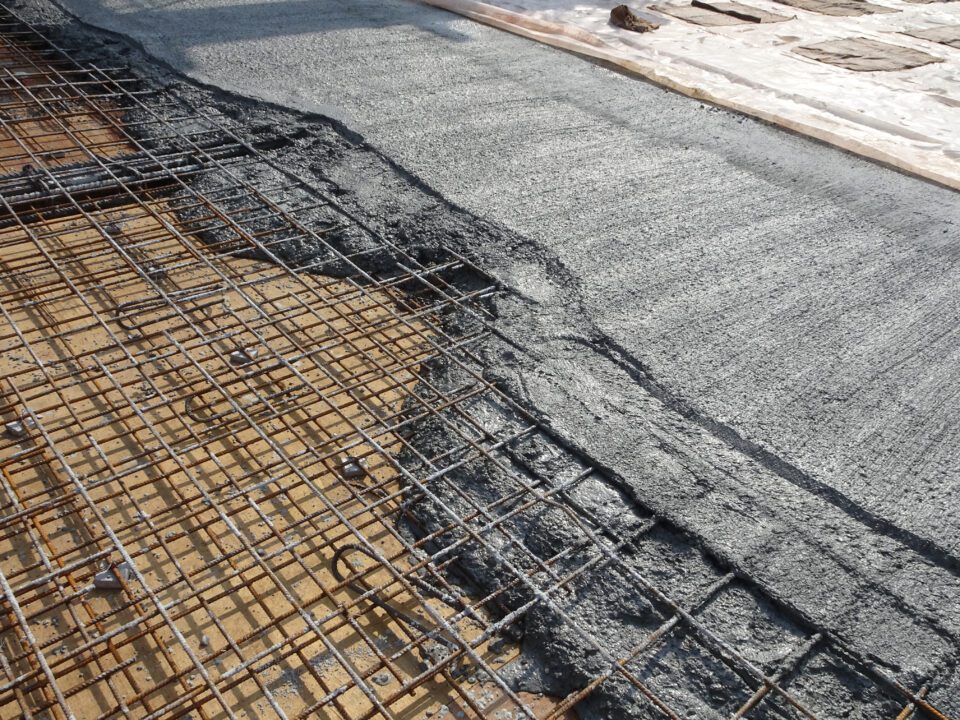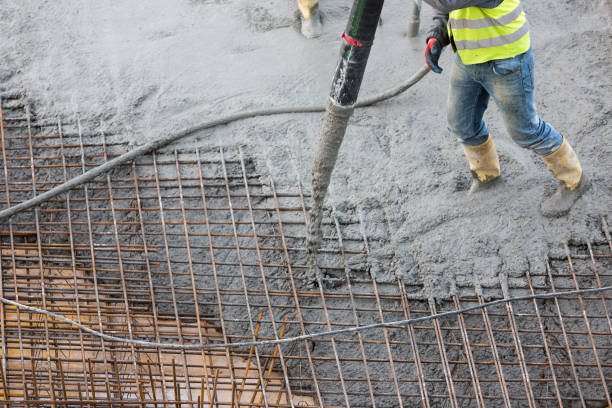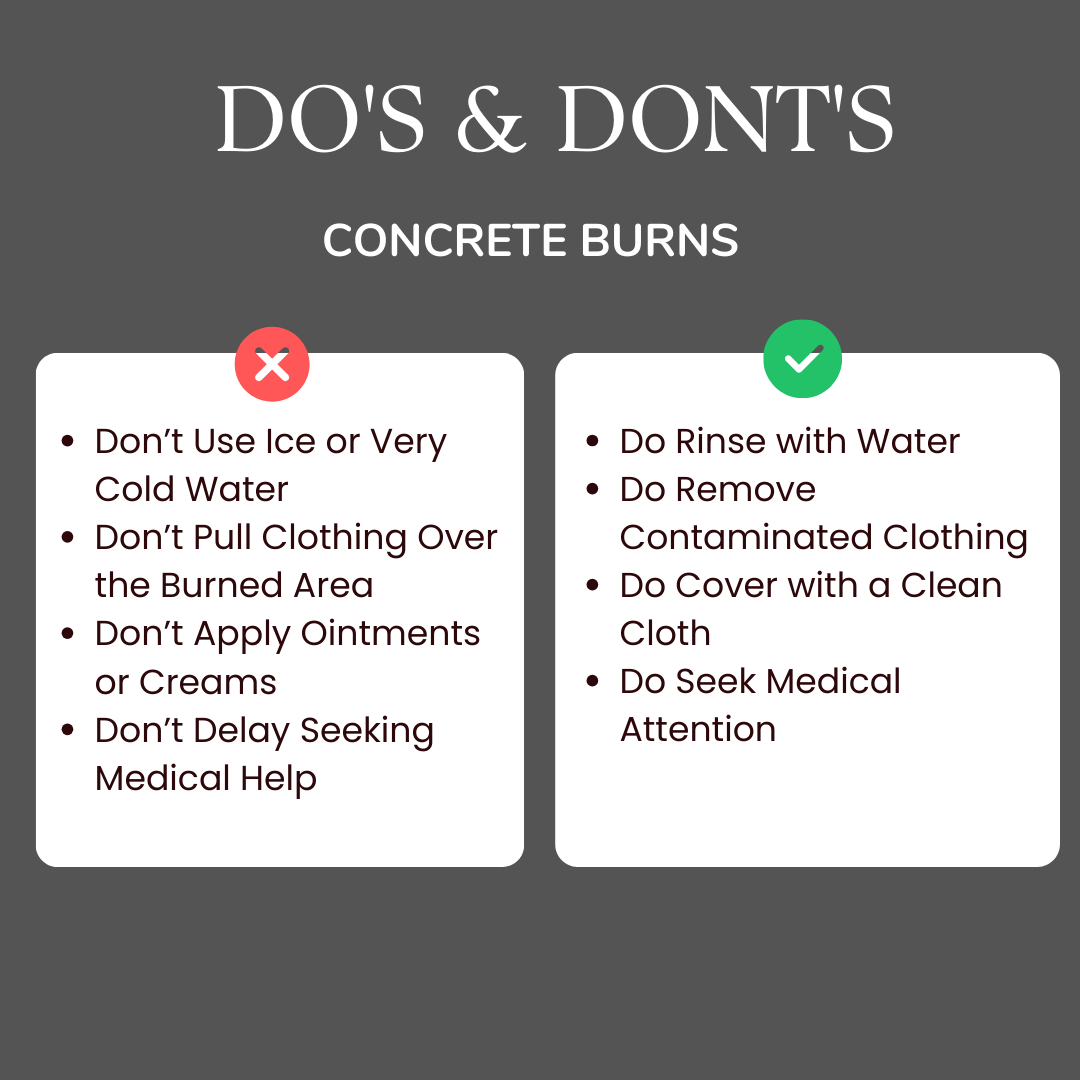How To Treat Concrete Burns
It is common knowledge that cement is the most common material used for building construction. It is used to make concrete which is found in almost every structure. Generally, cement comprises from 10 to 15% of the concrete mix. When it combines with air molecules over time, it becomes harder.
Unlike common thermal burns caused by heat sources like fire or hot liquids, cement burns result from a chemical reaction that occurs when cement comes into contact with skin. Cement burns should never be overlooked due to their potential for severe and lasting harm. This substance can cause deep tissue damage and often goes unnoticed initially, as it may take hours or even days for the full extent of the injury to become apparent.
In this article, you will learn the best ways to treat cement burns and how you can prevent concrete burns.
So, let’s delve into this matter.
What Are Cement And Concrete Burns?
Before understanding concrete burns treatment, it is important to know that cement burn and concrete burn are related but not exactly the same. They both refer to skin injuries that occur when cement or concrete comes into contact with the skin. However, there are some distinctions:
Cement Burn: This typically refers to injuries caused by contact with wet or freshly mixed cement. Cement’s powdery substance when dry and can become caustic when mixed with water. Cement burns can occur when wet cement touches the skin, leading to chemical burns or irritations.
Concrete Burn: Concrete is made by mixing cement with other materials such as sand, gravel, and water. Concrete burns can occur when wet concrete, which includes cement as one of its components, contacts the skin. Like cement burns, concrete burns can also result in skin injuries.

While they are technically different, the treatment for cement burns and concrete burns is generally similar because both injuries involve exposure to caustic substances that can cause chemical burns on the skin. In some cases, these burns not only damage the skin but this burn can penetrate deeper into the tissues underneath the skin, which can harm your muscles & even bones. This means cement burn treatment is also the treatment for concrete burn.
Common Symptoms of Cement And Concrete Burns
Here are some effects of concrete and cement burns:
- Skin Irritation
- Swelling
- Blistering
- Pain
- Peeling Of Skin
- Redness
These burns are also known as “concrete dermatitis”. Concrete burns often occur when people handle wet concrete without using the appropriate safety equipment, such as gloves, long-sleeved shirts, and safety boots. Concrete contains various chemicals, including calcium oxide (lime), which can be highly alkaline when mixed with water. In 2023, there will be almost 11,457 persons in the United States working in the cement manufacturing sector. Most of these individuals are at the constant risk of such burns.
Best Way to Treat Concrete Burns
As per the recommendation of OSHA, concrete burns can vary in severity, and more severe burns may require specialized medical care, including wound debridement and possibly skin grafting. Treating concrete burns appropriately can significantly reduce the risk of complications from concrete burns.
Here are the best ways to treat concrete burns.
1. Consider a Medical Treatment
It is advisable to treat cement burns under the supervision of a medical expert. They can evaluate the severity of injury and suggest the best therapy for treating cement burns. These experts also recommend wound cleaning procedures, antibiotics to prevent infection, pain relief medicines, and what to put on a concrete burn for better healing. Additionally, they will suggest tetanus vaccination if it is necessary.
Inform the medical professionals who are treating you that you have a cement burn. Cement burns can resemble burns produced by heat, so this is crucial because but both burns have different treatments. A light burn by cement can become a serious issue if the treatment is delayed.
2. Remove Affected Clothing
If the concrete has soaked through clothing, carefully remove the contaminated garments to prevent further contact with the skin. Remember, you must do this gently to avoid damaging the skin further. There’s no need to panic in this situation.
3. Wash With Water Thoroughly
The most important step is to immediately wash the damaged area with clean and lukewarm water. You can use a hose, take a shower, or a big water bottle, to completely remove the concrete from the skin. Do not use hot water, as it can worsen burns. Rinse for at least 15-20 minutes or until medical help assistance is required.
The National Precast Association and OSHA recommend adding some vinegar or any diluted acidic vinegar in order to neutralize cement residues that are harsh on the skin.
4. Cover with A Sterile Dressing
After rinsing, gently pat the area dry with a clean, sterile cloth or gauze. Avoid rubbing, as the skin may be sensitive. Then cover the burn with a sterile, non-stick dressing, such as a sterile gauze pad or a clean, lint-free cloth. Secure the dressing in place with a bandage or medical tape.
5. Pain Management & Follow-Up Care
Ibuprofen and acetaminophen, two medications that are available without a prescription, can help control pain and lessen inflammation. Follow the dosage instructions on the medication packaging or as recommended by a healthcare professional. Follow any advice a healthcare professional gives you regarding medication, dressings, and wound care after the initial therapy. During the healing process, it’s crucial to keep the burn clean, dry, and protected.
How Long Does It Take For Cement Burns To Heal?
The healing time of cement burns depends on the extent of the burn and how a person treated the burn initially. However, the total healing time of concrete burns is approximately 2 to 7 weeks. It is crucial to note that all cement burns may heal the same way, but their duration may vary from person to person due to different factors such as the burn’s depth, person’s age, location on the body, size, etc.
How to Prevent Concrete Burns?
Anyone who is working in cement-related industries must know the key steps that help them to prevent concrete burns. When working with wet concrete, always put on the proper PPE, such as gloves, safety goggles, a long-sleeved shirt, long pants, and closed-toe, durable boots. Your skin and eyes will be shielded from protective equipment to stop contact with concrete and its particles. Avoid touching your face, eyes, nose, or mouth while working with concrete. If you accidentally touch concrete, wash your hands thoroughly before touching your face or eating.
Make sure that you and your coworkers have significant knowledge about the dangers that might occur while working with concrete. Obtain the necessary instruction in safe concrete handling skills and concrete burn emergency protocols.
You need to organize work carefully to reduce the risk of spills or splashes. Ensure that you use the right tools & equipment to control concrete dust or particles. However, some people use barrier creams or skin protectants to give their skin an additional layer of defense. Although these goods might offer some degree of protection, they shouldn’t take the place of suitable PPE.
Conclusion
Prevention is always better than cure. While it’s important to know how to treat a concrete burn, it is even better to stay safe. Keep in mind that preventing cement burns is essential not only for immediate safety but also for long-term health. By following these precautions and staying vigilant, you can significantly reduce the risk of concrete burns and related injuries in your work environment. If you have concerns about the progress of the healing or if you notice signs of infection (such as increased redness, swelling, pus, or fever), consult a healthcare provider
Enrolling in OSHA 10-hour construction courses and OSHA 30-hour construction courses is the best way to stay up-to-date about modern techniques for preventing concrete burns and also learn excellent procedures for workplace safety.




